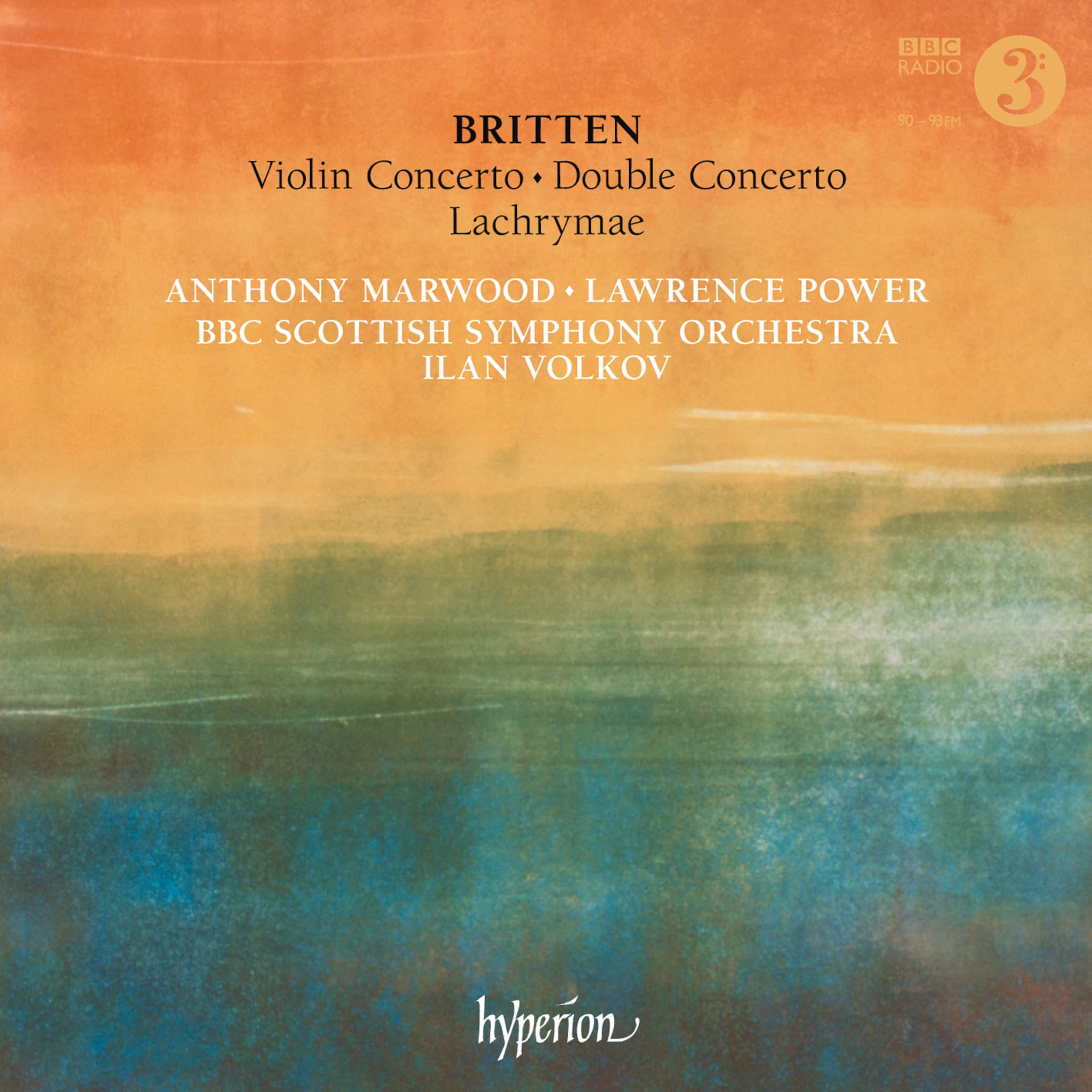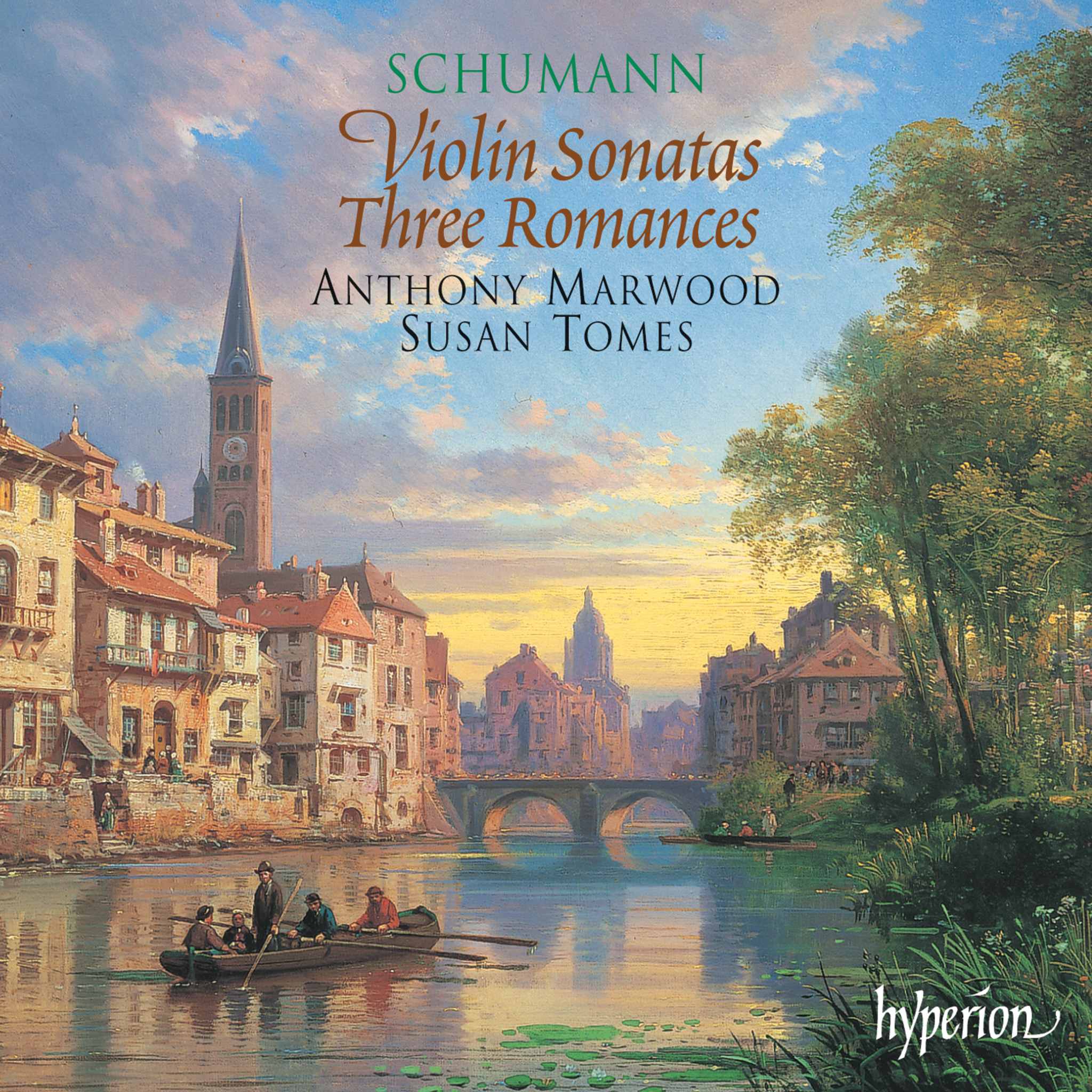Album insights
Ferruccio Busoni and Richard Strauss, both contemporaries with distinct views on composition, shared common ground despite their differing backgrounds. Coming from musical families where their fathers played woodwind instruments—Ferdinando Busoni the clarinet and Franz Strauss the horn—the two composers often drew inspiration for cantabile lines in their works. Although known as pianists, they also composed beautiful pieces for the violin in their youth. Despite Busoni's desire to create a unique string quartet with solo violin, a project he never realized before his untimely death in 1924, his legacy remained substantial.
Busoni's compositions reflected a fusion of Italian and German influences, emphasizing an Italian flair owing to his heritage. His upbringing, marked by a chaotic childhood yet nurturing his musical talent, led him to Vienna and Graz for further studies, cementing his Austrian-German affinities. His early years saw prolific composition and collaborations with renowned violinists like Henri Petri, a prominent figure in his musical journey.
Busoni's Violin Concerto in D major, standing in the lineage of Beethoven and Brahms, showcased his skillful orchestration and intricate melodies for the soloist. The concerto, though structured in one continuous piece, subtly echoed the traditional three-movement structure, with the Allegro moderato revealing hints of a Scherzo. Despite its impressive premiere reception, the piece failed to resonate widely with audiences, a fate that befell much of Busoni's esteemed work.
On the other hand, Richard Strauss, raised in a seemingly sheltered environment in Munich, faced domestic challenges beneath the veneer of musical upbringing by his father Franz, a notable musician. His Violin Concerto in D minor, crafted during his youth, bore hallmarks of virtuosity and complexity, although critics noted its occasional structural meandering, attributing it to the composer's quest for both technical brilliance and musical depth.
Strauss's Violin Concerto premiered in 1882, highlighted by its performance success and early critical acclaim. Despite initial positive feedback, the concerto failed to attain the enduring popularity that Strauss's later works would secure. His diverse musical output, including a captivating Violin Sonata and other orchestral compositions, showcased his prodigious talent and evolving style as a composer.
While Busoni's legacy endured through his original works and influential arrangements, Strauss's talent extended across various genres, notably his orchestral works such as Ein Heldenleben, featuring compelling sections for the concertmaster. Despite contemplating a second violin concerto post-World War II, illustrating his continuous engagement with the violin, Strauss never fully realized this ambitious project.
Both composers, Busoni and Strauss, left indelible marks on the musical landscape, each through distinctive compositions and artistic exploration. While Busoni's technical brilliance and innovative arrangements set him apart, Strauss's diverse repertoire and orchestral masterpieces solidified his position as a multifaceted musical genius.











